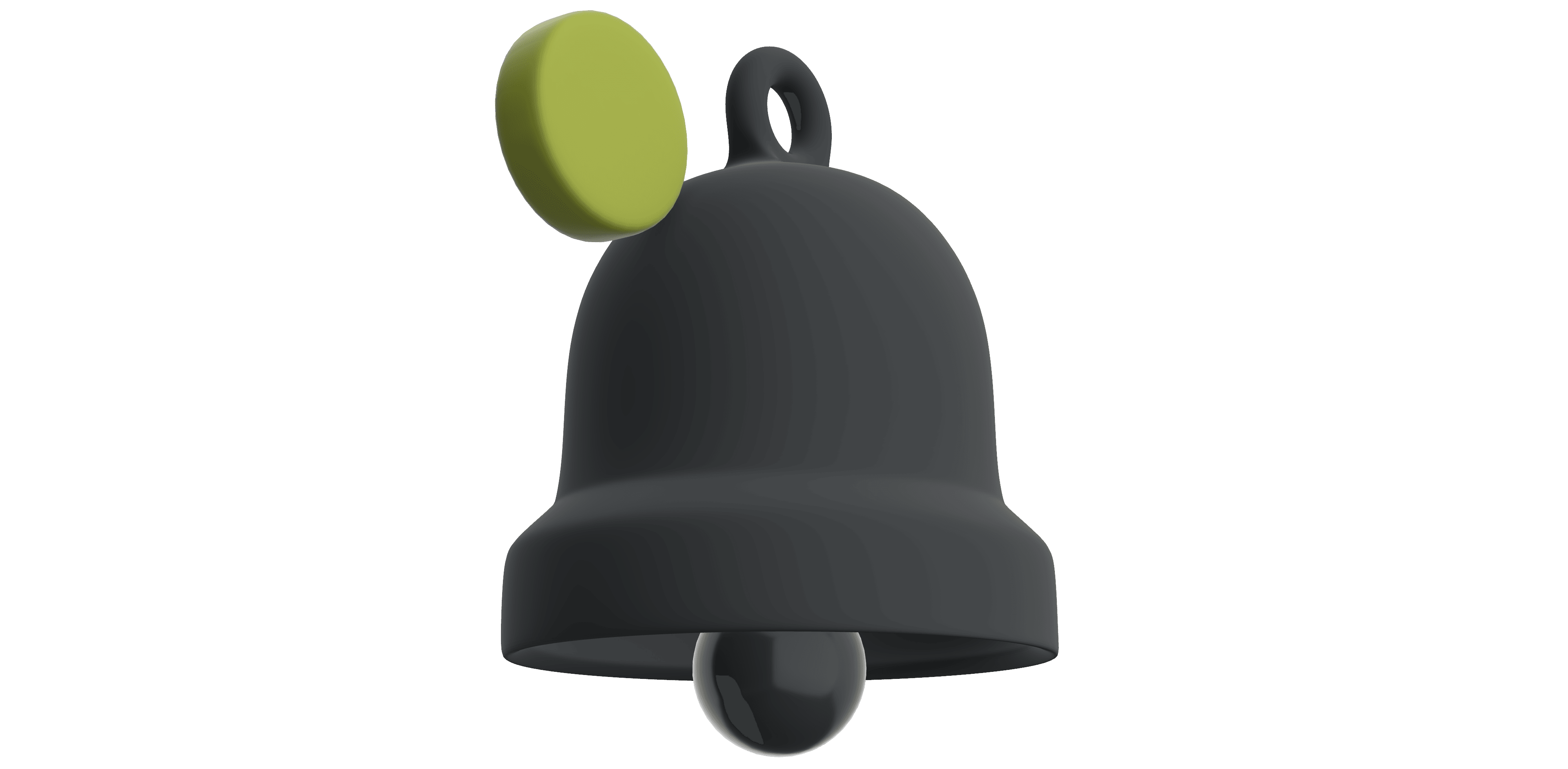
AI Sees Clearer: New algorithm improves object detection for tiny details
4/8/2024

FeatUp high-resolution vision for AI
Imagine catching a glimpse of a bustling street scene. You can sketch the main elements – cars, people, crosswalks – but capturing every intricate detail is nearly impossible. Similarly, current computer vision algorithms excel at grasping the general idea of an image but struggle with fine-grained specifics.
MIT researchers have developed a game-changer: FeatUp. This system empowers algorithms to perceive both the big picture and the minute details, akin to Lasik eye surgery for computer vision.
Understanding Through Features
When computers learn to "see" by analyzing images and videos, they construct concepts of what's present through "features." Deep networks dissect images into tiny squares and process them collectively to comprehend the scene. These squares, typically comprising 16-32 pixels, result in a significantly lower resolution than the original image. In essence, algorithms lose significant detail as they decipher the photos.
FeatUp tackles this information loss, boosting the resolution of any deep network without affecting speed or quality. This allows researchers to effortlessly enhance the resolution of existing or new algorithms. Imagine analyzing a lung cancer detection algorithm to pinpoint the tumor. Applying FeatUp beforehand can yield a significantly more detailed (16-32x) view of the suspected tumor location.
Beyond Accuracy: Unveiling the "Why"
FeatUp isn't just about precision; it fosters a deeper understanding of how models’ function. It benefits various tasks like object detection, semantic segmentation (labeling image pixels with object categories), and depth estimation. This is achieved by providing high-resolution, accurate features – crucial for applications like autonomous driving and medical imaging.
"The core of computer vision lies in these intelligent features," explains Mark Hamilton, an MIT PhD student co-leading the FeatUp project. "Modern algorithms lose finer details while condensing large images into tiny grids. FeatUp bridges this gap, offering high-level understanding with the original image's resolution. These high-resolution features significantly improve various computer vision tasks, from object detection to depth prediction, while also providing a clearer picture of the model's decision-making process."

The FeatUp "Wiggle"
As large AI models become ubiquitous, explaining their reasoning, and thought processes is paramount. So, how does FeatUp uncover these finer details? The answer lies in strategically "wiggling" images.
FeatUp applies slight adjustments (shifting the image a few pixels) and monitors the algorithm's response. This generates hundreds of slightly different deep-feature maps, which can then be combined into a single, crisp, high-resolution set of deep features.
"We hypothesize that high-resolution features exist," says Hamilton. "By wiggling and blurring images, we expect them to match the original lower-resolution features. Our goal is to learn how to refine low-resolution features into high-resolution ones using this informative 'game.'" This method is analogous to how algorithms create 3D models from multiple 2D images, ensuring the predicted 3D object aligns with all the 2D photos used. Similarly, FeatUp predicts a high-resolution feature map that aligns with all the low-resolution feature maps generated from the jittered image.
Efficiency and Beyond
The researchers discovered that standard PyTorch tools were inadequate for their needs. To achieve a fast and efficient solution, they developed a novel deep network layer: a special joint bilateral up sampling operation, over 100 times more efficient than a standard PyTorch implementation. This layer also improved various algorithms, including semantic segmentation and depth prediction. By enhancing the network's ability to process high-resolution details, this layer offers a substantial performance boost.
"Another application is small object retrieval," says Stephanie Fu, another co-lead author. "FeatUp allows for precise object localization. Even in cluttered road scenes, FeatUp-enriched algorithms can detect tiny objects like traffic cones, reflectors, and potholes, unlike their low-resolution counterparts. This demonstrates its ability to transform coarse features into finely detailed signals. This is especially crucial for time-sensitive tasks like pinpointing traffic signs on a busy highway in a self-driving car. It not only improves accuracy but also enhances the reliability, interpretability, and trustworthiness of these systems."
The Road Ahead
The team envisions FeatUp becoming a widely adopted tool within the research community and beyond, like data augmentation practices. The goal is to make FeatUp a fundamental deep learning tool, empowering models to perceive the world in greater detail without the computational burden of traditional high-resolution processing.
FeatUp's potential is undeniable. As Professor Noah Snavely, not involved in the research, remarks, "FeatUp offers a significant advancement in creating truly useful visual representations by producing them at full image resolution."
"We believe this simple idea can have broad applications," concludes senior author William T. Freeman. "FeatUp unlocks high-resolution versions of image analysis previously thought to be limited to low-resolution."
Source: New algorithm unlocks high-resolution insights for computer vision



